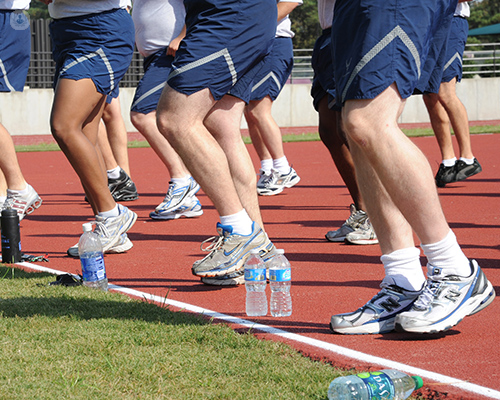Robots and knee replacement surgery
Escrito por:Robotic technology is increasingly being used in orthopaedics as it allows more accurate placement of the prosthetic components, which should create a more ‘normal’ feeling knee with a faster recovery time. The improved accuracy may also mean the knee will last longer than with conventional techniques.
What happens during robotic knee replacement surgery?
The robots don’t operate on their own and need an orthopaedic surgeon to be in control. The surgeon builds a virtual model of the knee either before the surgery with 3-D imaging or during the robotic knee surgery with the aid of a computer. This allows the surgeon to plan each procedure around the individual patient. It also helps to determine the sizing and positioning of the implant. Using a virtual model as a guide, the surgeon uses the robot to embed the components of the knee precisely. The robot helps control some of the surgical steps and limits the surgeon from operating outside the specified dimensions. Is there evidence that robotic-assisted replacements are more effective? There is evidence that accuracy is improved as well as short-term outcomes scores. Long-term data is still required to definitively know whether this will result in a more effective knee replacement.
Who is to blame if something goes wrong?
The surgeon is in control of the robot the whole time and ultimately makes the all the decisions.
Is robotic really better?
Robotic-assisted surgery has the potential to speed recovery and it also allows a customised, tailored approach to the individual anatomy. Could knee replacements be fully automated in the future? Possibly, but the current commercial robots are all designed as aids to the surgeon. They potentially allow smaller incisions, less blood loss, more accurate device placement, a shorter hospital stay, better function and range of movement, and hopefully improve the longevity of the implant. The surgeon is also crucial if there are unforeseen circumstances or complications.



